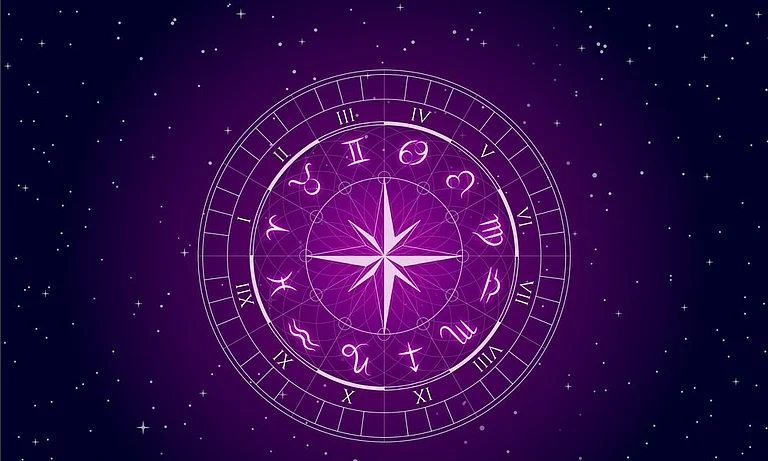Despite its size, Tripura packs in an amazing range of attractions. Unless you are ready to devote a long holiday, it is best to make two to three visits to the state to enjoy it to the fullest. Agartala, the state capital is connected to the rest of the country through its airport while the state is on the broad gauge line of the Indian Railways.
Agartala
Tripura’s capital city is the base for any trip to the erstwhile royal state. Although it has a railway station, it is best to fly into Agartala from Kolkata, Delhi, Guwahati, etc. The most notable attractions include the striking Ujjayanta Palace – an Indo-Saracenic building built in 1901; the Chaturdasha Devata Temple in Old Agartala; the sprawling Heritage Park – known for its mini-Tripura exhibition among other things; the Buddhist Temple of Benuban Vihar in Kunjaban area; Purbasha for locally made handcrafted bamboo products; etc.
Baramura Eco Park
The eco-park, in Teliamura, 40km from Agartala, provides an insight into the ecological diversity of the Baramura hills. Closed on Mondays. Entry fees applicable.
Boxanagar
Only a part of this ancient ruin has been excavated. An idol of Lord Buddha was found in the ruined brick building that was discovered after the forest covering it was lost. It is only 38km from Agartala and can be seen on a day visit.
Chhabimura
Also known as Devtamura, the steep mountain wall, on the bank of Gomati River, contain a series of rock-cut panels. The carved panels, dating back to 15th – 16th centuries, contain images of various gods and goddesses of the Hindu pantheon.
Dumboor Lake
The lake will charm you on first sight. Encircled by forested hills, the huge, 41-sq.km lake is dotted with quite a few islands; one of the islands is known for its dense coconut plantation. Migratory birds settle here in winter. You can go boating in the lake, located about 125km away from Agartala. Not far from here is Tirhtamukh from where the Gomati River originates.
Kamalasagar
Only 32 km from Agartala, Kamalasagar is a quiet and picturesque retreat located right next to the India-Bangladesh border. The place is known for its 15th century temple Kali temple and the lake. Across the border lies the Comilla district of Bangladesh. You can either make a day visit from Agartala.
Khumulawng Eco Park
At a distance of 26km from Agartala, this 14.5 sq.km, landscaped eco-park is a pleasant excursion from the city. You can go boating in the lake.
Jampui Hills
The verdant and mist-laden hills of north Tripura, a little over 200km from Agartala, are known for their scenic beauty and bracing climate. Perched at 3000 feet, it is often referred to as the Land of Eternal Spring. The hills are known for their orange orchards, and the fruits are harvested between October and December. If you want to see the orchids, you have to visit between March and May.
Neer Mahal
Although this lake palace of Tripura is a little over 50km from Agartala, it deserves an overnight visit. In the late afternoon, take a local boat ride to the palace (entry charges applicable) in the middle of Rudrasagar Lake. The summer palace, exhibiting a mix of Hindu and Mughal architecture, was built in 1930. In winter, the lake is home to many migratory birds.
Pilak
Known for its Buddhist and Hindu architectural heritage dating back to the 8th – 9th centuries.
Sabroom
The Mahamuni Temple in Sabroom (134km from Agartala) is a Buddhist pagoda that attracts pilgrims from home and abroad. The Kalapania Eco Park, located in the Kalachhara are of Sabroom, is a 21-hectare landscaped garden on the bank of a huge lake.
Sepahijala Widlife Sanctuary
Lying less than 30km away from Agartala, the Sepahijala Widlife Sanctuary will offer you a glimpse of local flora and fauna. The moist deciduous forest is home to animals such as the pig-tailed macaque, the spectacled monkey, the slow loris, etc. There is also a zoo and a botanical garden here. You can go boating in the lake. Open from 9am to 5pm, on all days except Friday. Entry charges apply.
Trishna Wildlife Sanctuary
Located in Belonia, about 100km from Agartala, the Trishna Wildlife Sanctuary is home to the Indian bison. Other animals include capped langur, spectacled monkey, hoolock gibbon, etc.
Udaipur
Located at a distance of approx. 50km from Agartala, Udaipur was the old capital Tripura. The Tripurasundari Temple of Matabari, dedicated to goddess Kali, is said to be one of the 51 shaktipeeths (the right foot of Goddess Sati fell here). Hence it is a popular temple and remains crowded round the year; animal sacrifices are a frequent sight. There is also a holy lake where you can feed the fish and turtles. Built in the 11th century, it is an example of typical Tripuri style of temple architecture. Located on the bank of the Gomati River, the richly carved Bhubaneswari Temple has been immortalised through Rabindranath Tagore’s compositions (Bisarjan and Rajarshi) – poignant appeals against animal sacrifices in temples. There are several other temples and lakes in Udaipur. The Tepania Eco Park is an interesting place to visit with the family. There is an orchidarium and a cactus house, a hanging bridge and a tree house, etc. The eco-park is closed on Thursdays; entry charges apply.
Unakoti
A pilgrimage centre in the past, Unakoti (approx. 170km from Agartala) is an architectural gem. The huge vertical rock-cuts, mostly dedicated to Shiva, date back to 7th-9th centuries. The rock-cut 30-feet portrait of Kalbhairav is said to be India’s largest bas-relief sculpture. The carvings are related to Lord Shiva. The annual Asokastami festival in March/April draws a large number of visitors.
For more details on travelling in Tripura and booking of tourist lodges, see here .


























